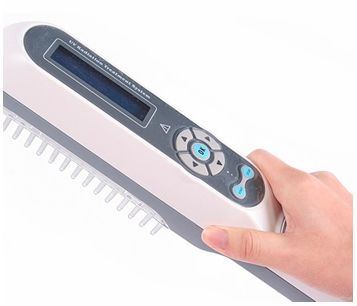The treatment of vitiligo is not easy; it calls for time, perseverance and the combination of different techniques for there to be results. At Abedul Farma we suggest combining photosensitisers, repigmentation treatments and phototherapy to achieve results.
If combining photosensitisers (Fenadul) and phototherapy, the latter is essential because it encourages the migration of new melanocytes from the follicle to the surface.
Both formats – capsules or gel – of Fenadul contain phenylalanine, an essential amino acid that is a precursor for tyrosine, the enzyme responsible for producing melanin. Thanks to this, melanin production is encouraged, activating the melanocytes present in areas where there are hair follicles, and induces tolerance to sun exposure in the depigmented areas of the skin.
To achieve satisfactory repigmentation, treatment must be carried out for 6 to 24 months, combining photosensitisers and phototherapy.
Another option for the treatment of vitiligo and which incorporates pigmentation regulators is Meladul, which thanks to its superoxide dismutase content helps reduce the oxidative stress of depigmented skin cells, thus improving appearance and favouring repigmentation. Combined with narrowband UVB phototherapy, this particularly aids the repigmentation of specific areas: the face, back of the hands and other areas of focal vitiligo.
For the best results, the use of Meladul should be accompanied by narrowband UVB phototherapy three times a week, applying the gel one hour before exposure to sunlight.
Just as with combined anti-vitiligo strategies, treatment should be continued for 6 to 24 months in order to achieve results.

